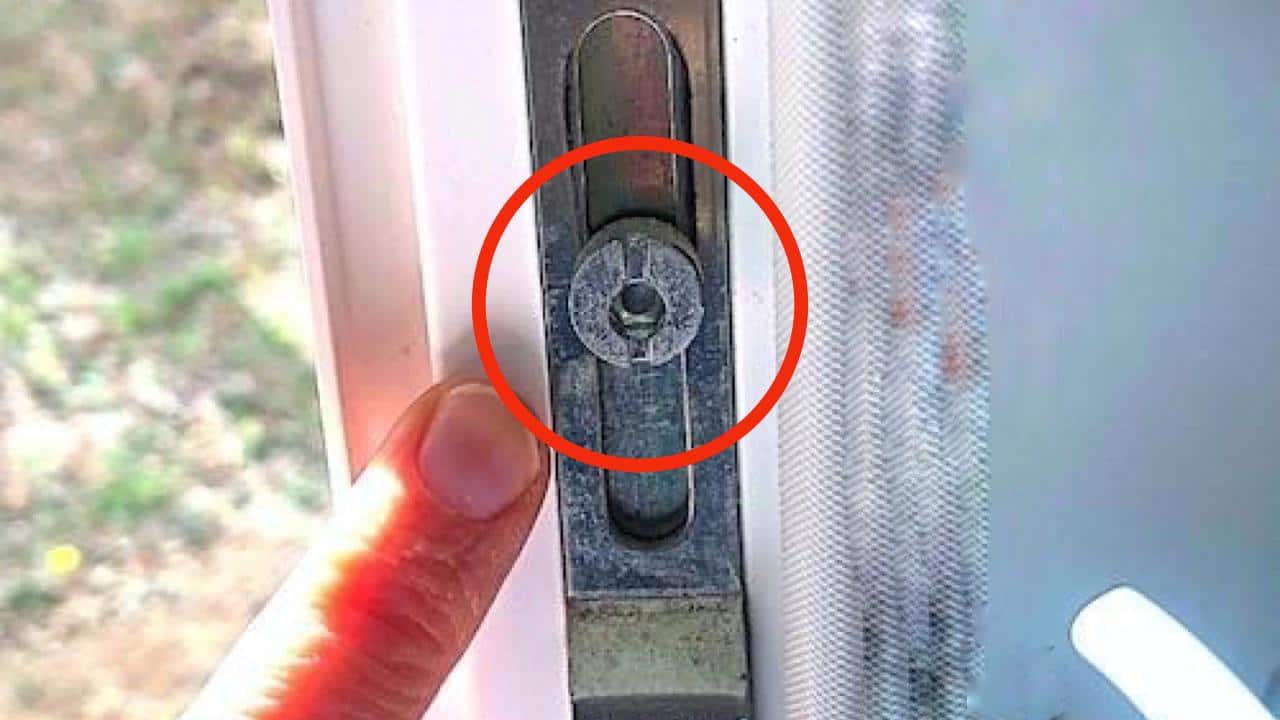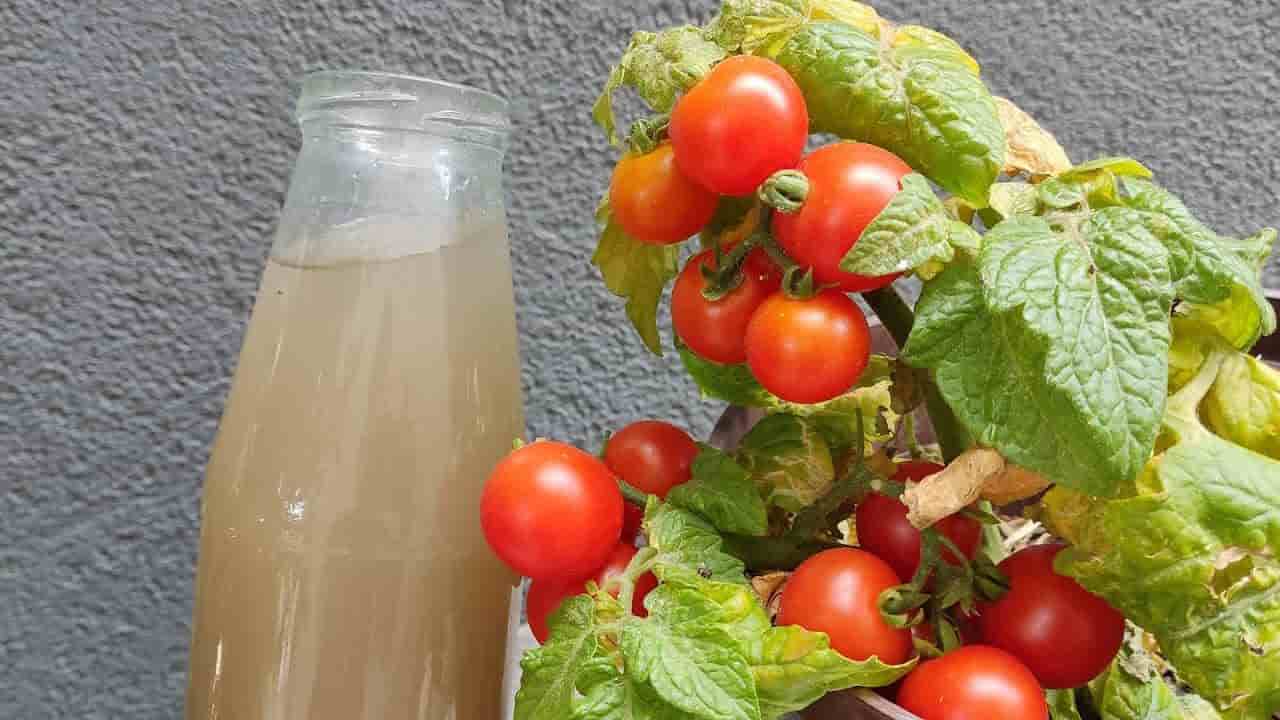
Hydrangeas, how to multiply them by cutting them: only then will you be able to reproduce them infinitely
Advice Advice
- 0
- 82
How do you propagate hydrangeas directly from cuttings? Nursery experts explain the method to always use.

Do you want to propagate hydrangeas from cuttings? Nothing could be easier, with a bit of gardening skills and a great desire to see this creation in a few simple steps. Let’s discover together all the tips from the expert nurseryman to do it better.
How do you propagate hydrangeas from cuttings?
Propagation of hydrangeas by cuttings is an effective method for obtaining new plants from existing specimens. This technique, if followed correctly, will allow you to successfully propagate this fascinating ornamental plant.
First of all, it is important to choose the right time to propagate by cuttings. The ideal season is spring or autumn, when the plant is in active growth phase. Select a healthy and robust mother plant, preferably with young and vigorous side branches.

Once you have identified the right mother plant , proceed to take cuttings. Cut a side branch about 10-15 centimeters long, preferably with two or three nodes. Use a sharp knife or a clean, disinfected pair of pruning shears to prevent the spread of disease.
After taking the cuttings, it is important to prepare them correctly to encourage rooting. Remove the basal leaves, leaving only those present at the top . If the leaves are very large, you can slightly reduce their size to reduce moisture loss.
At this point, dip the base of the cuttings in rooting hormone powder, following the manufacturer’s instructions. This will encourage root development and speed up the rooting process.
Next, place the cuttings in a light, well-drained medium, such as a mix of peat moss and perlite. Place them in a plastic container or box, keeping a distance of at least 5 centimeters between the cuttings. Cover the container with a clear plastic bag or use a greenhouse to create a humid, controlled environment.
Place the cuttings in a bright area, but avoid direct exposure to bright sunlight. Keep the soil constantly moist, but do not overwater to avoid root rot.
After a few weeks, roots will begin to develop and the cuttings will take root. This can take two to four weeks, depending on environmental conditions and the variety of hydrangea.
What to do after the cutting has rooted well?
Once the hydrangea cuttings have rooted properly , they can be transplanted into individual pots or directly into open soil. Choose a location with good exposure to sunlight and prepare the soil with humus or compost to ensure healthy growth of the new plants.

During the first few months, young plants will require special care and attention . Keep the soil moist, but not too much, and protect the plants from strong winds or extreme temperatures.

